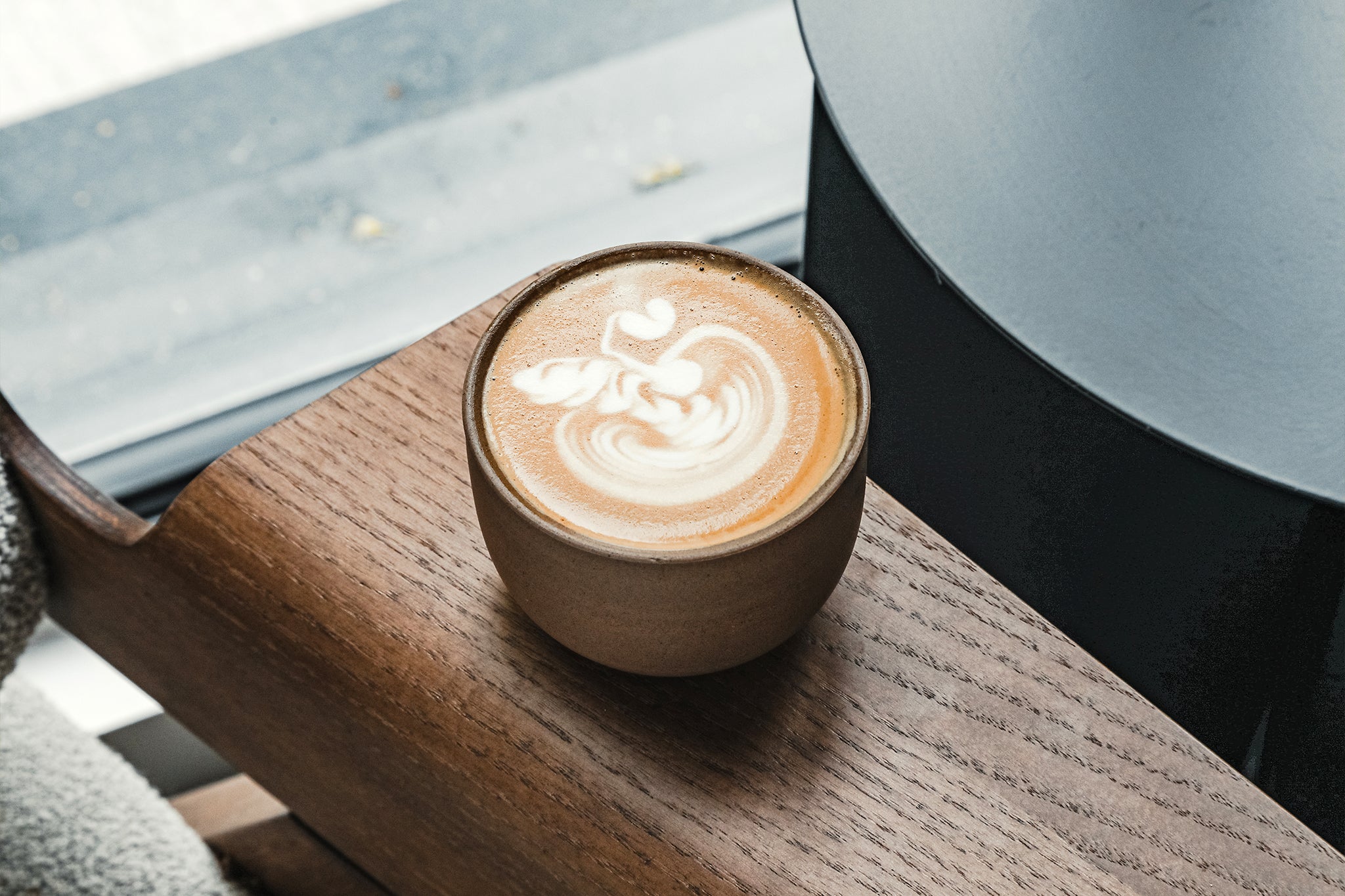Published, Feb 03, 2023
Sensory Series 01: Understanding Sweetness in Coffee
Much of the language of coffee is, at its roots, sensory. Taste, sight, sound, touch, and smell sit at the heart of the roasting, brewing, and drinking experience. Here, we explore the key characteristics tied to your taste senses, and what they mean for your cup. First in the series, we’re exploring sweetness in coffee.

WHAT IS SWEETNESS?
The human palate has a natural tendency toward sweetness; over time, we’ve evolved to associate bitterness with bad, which would have once helped us recognise danger in foods, such as poisonous berries. Sweetness is recognised in food, but not all sweetness is the same. Sweetness in sugar tastes different to honey, which tastes different to stevia leaves, and so on. Sugars are found in many foods, both natural and, of course, processed. Aroma heavily influences our sense of taste. Many compounds found in coffee have an aroma that is commonly described as sweet, and some aromas enhance our perception of sweetness where sugar is actually present.
Learning to detect natural sweetness in coffee comes down to exploring and understanding your palate. Remember trying your first beer, glass of wine, or even a black coffee? Chances are, you didn’t enjoy the taste, finding it bitter. Today’s food is loaded with sugar: a 330ml can of cola contains 35g of sugar – that’s roughly nine teaspoons. No wonder, then, that you might be tempted to reach for the sugar bowl when you’re served a coffee. However, adding sugar can mask and alter the flavour profile of your brew. With a little practice, you can train your palate to recognise the natural sweetness of coffee.
WHAT IS SWEETNESS IN COFFEE?
It’s easy to forget the connection between coffee and fruit, yet the coffee bean is the seed of the coffee cherry and, as it’s intended by nature to reproduce, it’s packed with carbohydrates and amino acids. The carbohydrates take the form of simple sugars – monosaccharides – which are typically fructose, glucose, ribose, and xylose. During the roasting process, these monosaccharides in the bean are bonded in various combinations, producing sweet-tasting disaccharides (complex sugars, like sucrose).
This chemical process is known as the Maillard reaction, responsible for enhancing the palpable sweetness of food. After the first crack in roasting, these sugars – especially sucrose – caramelise. The longer the roast time, the more the sugar is broken down, which leads to more complex, and even bitter caramel compounds.

WHY ARE SOME COFFEES SWEETER THAN OTHERS?
There are numerous factors that shape the final profile of the coffee in your cup, with each stage – from varietal, through to brewing, impacting the flavour, including sweetness. Arabica typically contains double the amount of sucrose than Robusta, which has a sharper finish. Different varietals will have different levels of sweetness in their profile: the Bourbon varietal is renowned for its sweetness, while Pacamara has a much greater acidity. Understanding varietals will go some way in recognising coffees that work to your palate preferences.
The environment, too, will affect the sweetness of the coffee: coffee cherries that ripen slower, at high altitude, will be sweeter. Processing methods also affects sweetness—a honey process, as the name implies, is likely to offer up greater sweetness in your final cup than, for example, a washed process coffee. The final stage of sweetness development for your coffee comes from brewing, which is why it’s always important to weigh, measure, and time your coffee and water when you follow a recipe, no matter the method you choose. Temperature is also key, making sure to never use boiling water. Our range of step-by-step brewing guides are designed to help you bring out the best in your coffee.

Sweetness in coffee is down to personal taste. Whether you enjoy yours black or with a dash of oat milk; seek out a natural over a washed; prefer Ethiopian to Nicaraguan coffees; or reach for a spoon of sugar or honey, learning to detect the natural sweetness of a coffee is all part of enjoying the exploration, appreciating the science as much as you savour the ritual of drinking a cup of exceptional coffee.
Curious to learn more about coffee tasting? Our Director of Coffee, Frda Yuan, has you covered, with her insightful, expert guide.
--
Start exploring your sensory skills today - shop coffee
